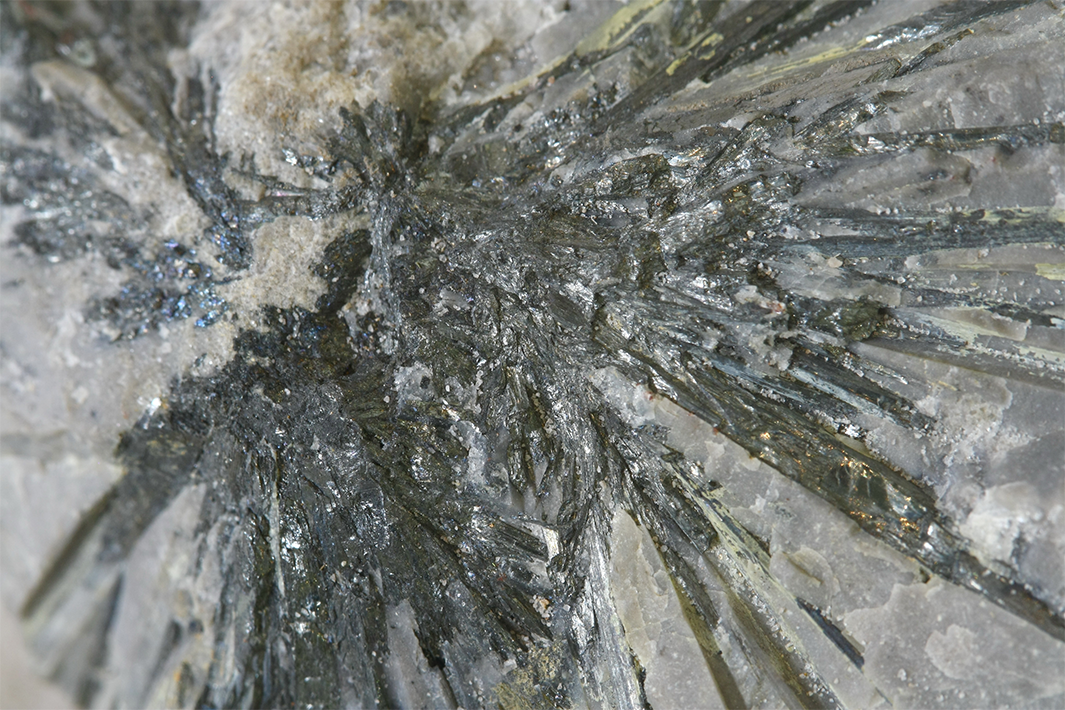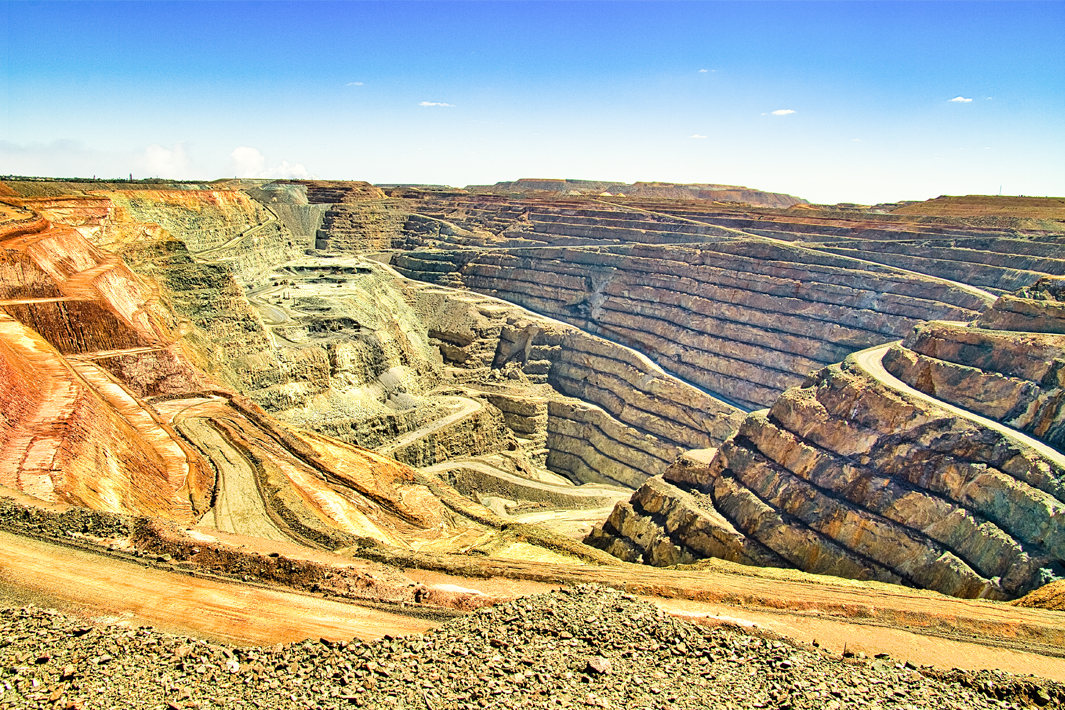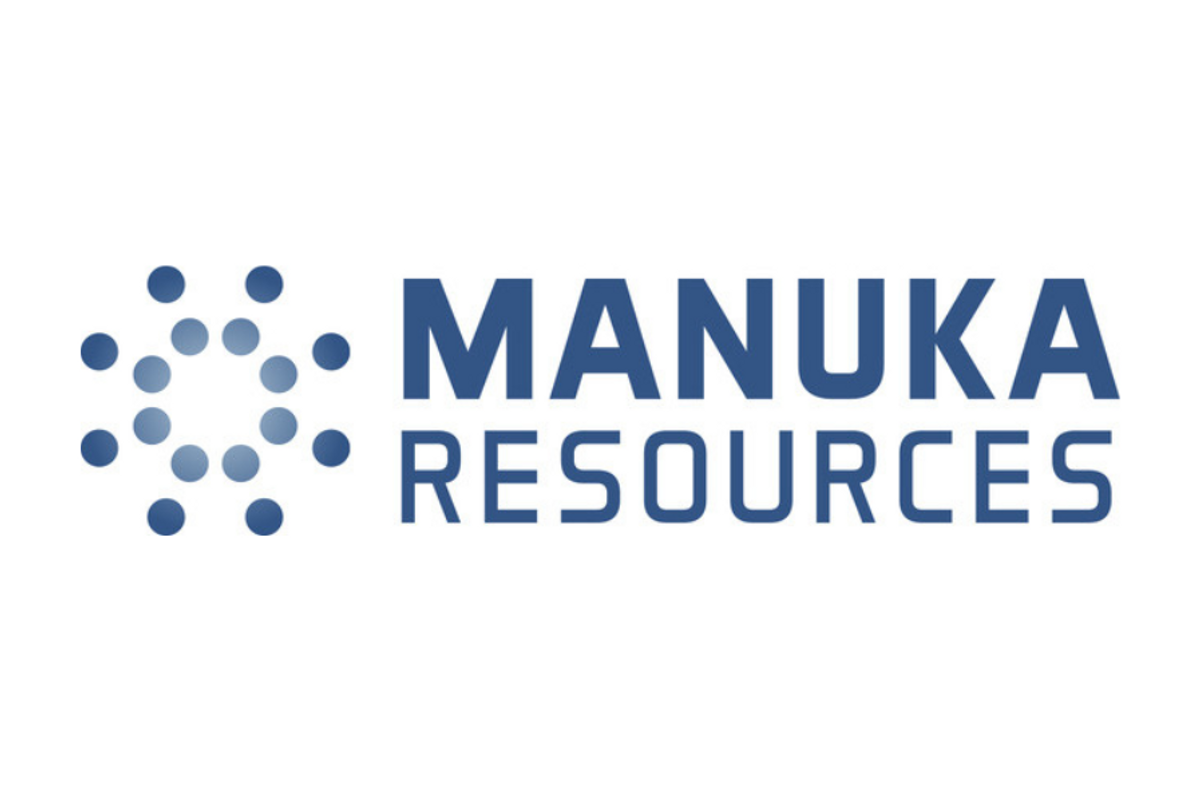
October 28, 2024
Manuka Resources Limited (“Manuka” or the “Company”) is pleased to announce a Maiden Ore Reserve (under its ownership) of the Wonawinta Silver Mine (“Wonawinta” or the “Project”), located 80km due south of Cobar in New South Wales (Figure 1). The Ore Reserve and associated Implementation Plan provides the Company with a clear production pipeline and pathway toward a dual precious metals revenue stream from two operating assets in the Cobar basin, namely Mt Boppy Gold Mine and Wonawinta.
Highlights
- The Wonawinta Silver Mine and Processing plant is a highly strategic asset located within the prolific Cobar Basin, NSW, and owned 100% by Manuka Resources Limited.
- Wonawinta is the only primary silver Reserve in Australia with all mining approvals current and intact, and process plant fully constructed - Wonawinta was producing silver for Manuka as recently as late 2022.
- Ore Reserve of 4.8Mt1 at 53.8g/t Ag containing 8.4Moz of silver comprising:
- Proved Ore Reserves of 0.8Mt at 50.8g/t Ag; and
- Probable Ore Reserves of 4.1Mt at 54.3g/t Ag.
- Ore Reserve is based solely on shallow (<40m deep) oxide material.
- Total Wonawinta Resource comprises 38.3Mt at 41.3g/t Ag for 51Moz of silver (ASX release 1 April 2021).
- The Ore Reserve and associated Implementation Plan will be used to assess the potential to take Wonawinta out of active care & maintenance and recommence silver production.
- Manuka is currently focused on the restart of a high-margin operation at its 100% owned Mt Boppy Gold Project located 50km east of Cobar and progressing approvals for its world-class vanadium rich irons sand project located in the Southern Taranaki Bight, New Zealand.
Manuka’s Executive Chairman, Dennis Karp, commented:
“Manuka’s Maiden Silver Ore Reserve and the preparation of an Implementation Plan for Wonawinta represents a major milestone for the Company and supports a potential of restarting silver mining and processing operations in the future. Our process plant at Wonawinta has been kept in excellent condition and on active care & maintenance since the processing of gold from stockpiles hauled from Mt Boppy, ceased in February 2024 and therefore stands ready to come back online at short notice.
The prospect of restarting Wonawinta provides the Company with excellent optionality on silver and the potential to take advantage of the very buoyant precious metals prices and broader strategic opportunities within the Cobar Basin. We look forward to providing further updates to the market as our strategy progresses.
Summary
Wonawinta was built by Cobar Consolidated Resources (“CCR”) in 2011 and acquired by Manuka in 2016. The Project comprises a granted mining lease, existing open pits mines, an existing 1Mtpa CIL process plant and associated infrastructure including approved tailings dams and accommodation facilities (Figures 2 – 4). Whilst limited silver production was undertaken by Manuka in 2022, the Wonawinta plant has primarily, and as recently as December 2023, been used by Manuka to produce gold doré from ore hauled from the Mt Boppy gold mine.
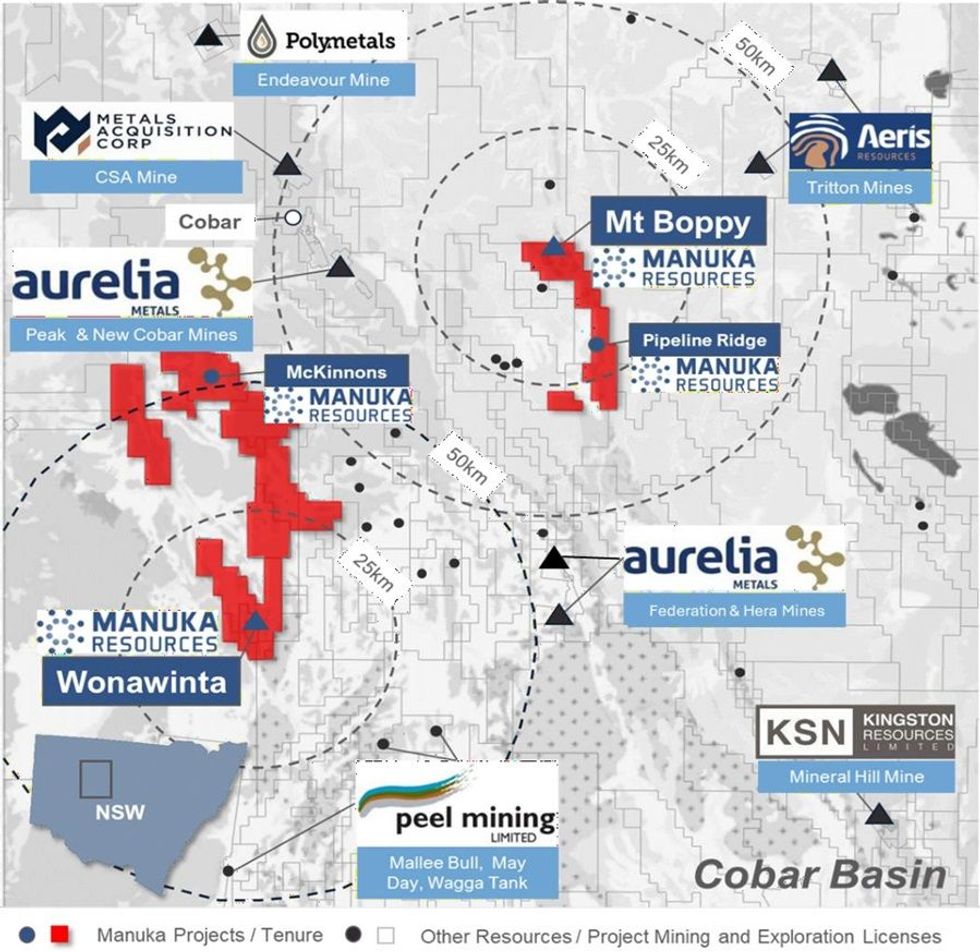
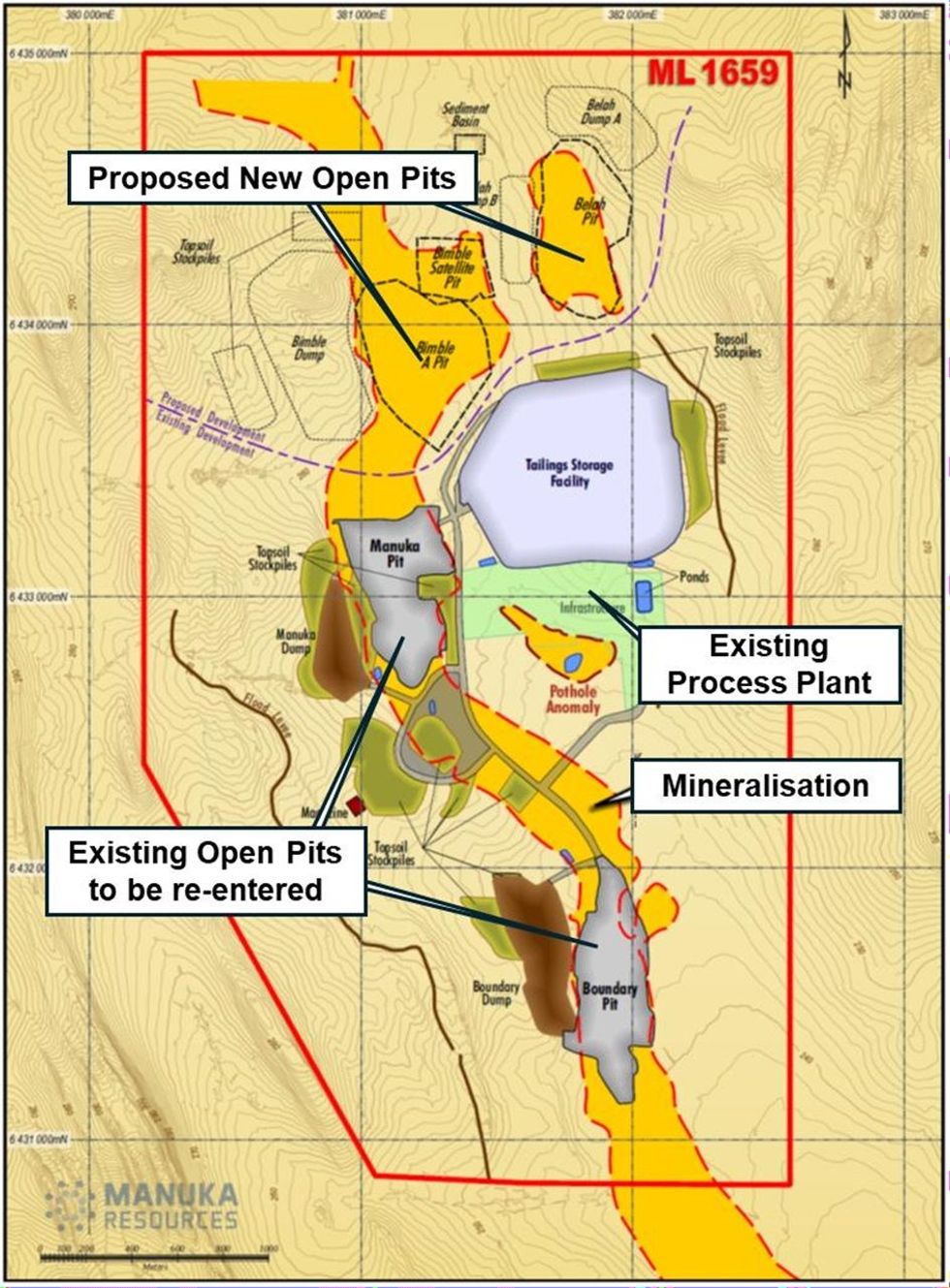
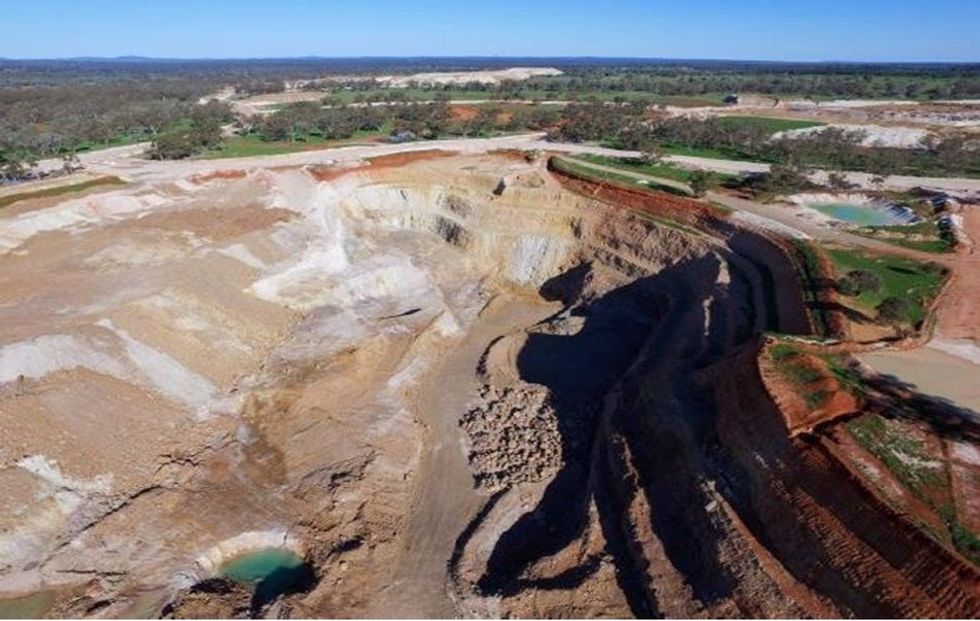
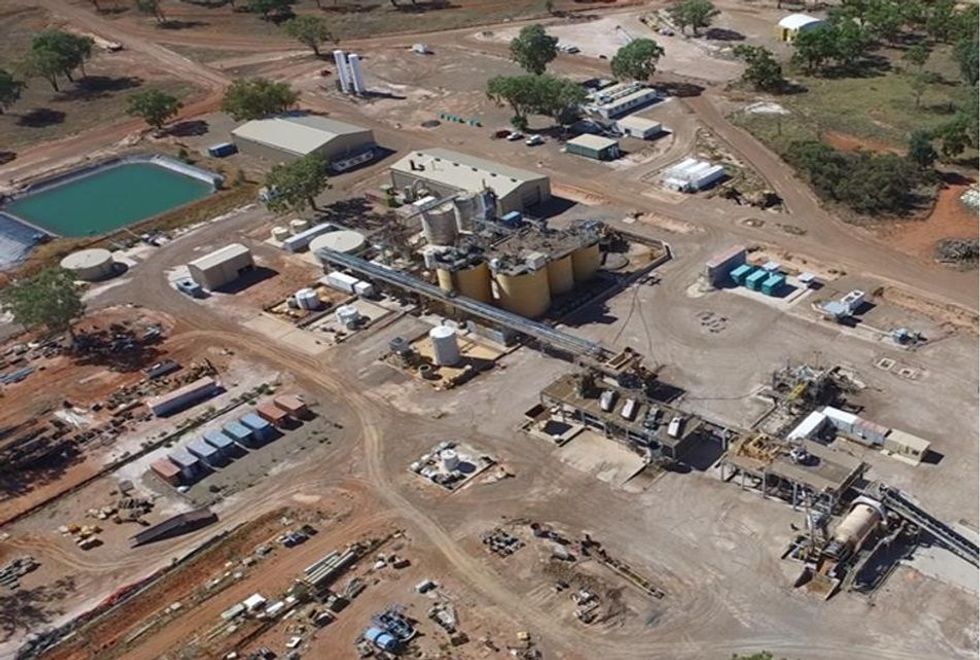
The current Implementation Plan proposes the mining and processing of 4.8Mt of Ore at a grade of 54g/t Ag over 4.5 years for the recovery of 5.8Moz of silver. Capital Costs for taking the mine out of care & maintenance and recommence production are estimated to be A$3.7M plus A$12.4M in pre-strip mining. Based on the current silver forward curve and an All-In Sustaining Cost of A$40.51/oz, the mine plan would deliver operating cash flows of ~A$100M based on the Ore Reserve alone.
As the price and demand outlook for silver continues to develop, Manuka will continue to refine its economic model for the Project and look to further optimise the mining schedule and reduce pre-production mining costs ahead of a decision to commence the restart of operations.
Click here for the full ASX Release
This article includes content from Manuka Resources Limited, licensed for the purpose of publishing on Investing News Australia. This article does not constitute financial product advice. It is your responsibility to perform proper due diligence before acting upon any information provided here. Please refer to our full disclaimer here.
vanadium investingsilver investingiron investinggold stocksasx stocksgold explorationgold investingasx:mkr
MKR:AU
The Conversation (0)
26 March 2025
Manuka Resources
Near-term production from both its silver and gold projects located in the Cobar Basin, Central West, New South Wales
Near-term production from both its silver and gold projects located in the Cobar Basin, Central West, New South Wales Keep Reading...
05 August 2025
Results of Fully Underwritten Entitlement Offer
Manuka Resources (MKR:AU) has announced Results of Fully Underwritten Entitlement OfferDownload the PDF here. Keep Reading...
31 July 2025
June 2025 Quarter Activities and Cashflow Reports
Manuka Resources (MKR:AU) has announced June 2025 Quarter Activities and Cashflow ReportsDownload the PDF here. Keep Reading...
29 July 2025
Maiden Mt Boppy Open Pit Ore Reserve
Manuka Resources (MKR:AU) has announced Maiden Mt Boppy Open Pit Ore ReserveDownload the PDF here. Keep Reading...
10 July 2025
Further Information to 26 June Announcement
Manuka Resources (MKR:AU) has announced Further Information to 26 June AnnouncementDownload the PDF here. Keep Reading...
08 July 2025
$8 Million Fully Underwritten Entitlement Offer
Manuka Resources (MKR:AU) has announced $8 Million Fully Underwritten Entitlement OfferDownload the PDF here. Keep Reading...
31 December 2025
Utah’s Antimony Resource: A Strategic Investment Play in Critical Minerals
Utah may be best known for its copper and gold legacy, but hidden beneath its rugged terrain lies one of the most overlooked critical mineral opportunities in the US: antimony. With global supply heavily concentrated in China and export restrictions tightening, Utah’s underexplored antimony... Keep Reading...
30 December 2025
Hidden Gem: How Intrusion-related Gold Deposits Could Fuel Next-generation Discoveries
With the gold price continuing to hover near all-time highs and major producers scouring the globe for new large-scale deposits, one type of gold system is emerging as a potential game changer. Intrusion-related gold systems (IRGS) have already yielded multimillion-ounce mines, like Kinross... Keep Reading...
30 December 2025
Finding Gold: Exploring New Zealand’s Next Big Discovery
Despite its rich mining legacy, New Zealand remains one of the most underexplored frontiers for gold in the developed world. Now, with advanced exploration tools and a new generation of explorers, the country is emerging as a hotbed of untapped investment opportunity.Modern exploration... Keep Reading...
Latest News
Interactive Chart
Latest Press Releases
Westport Announces Board of Directors Update
02 January
Related News
TOP STOCKS
American Battery4.030.24
Aion Therapeutic0.10-0.01
Cybin Corp2.140.00


